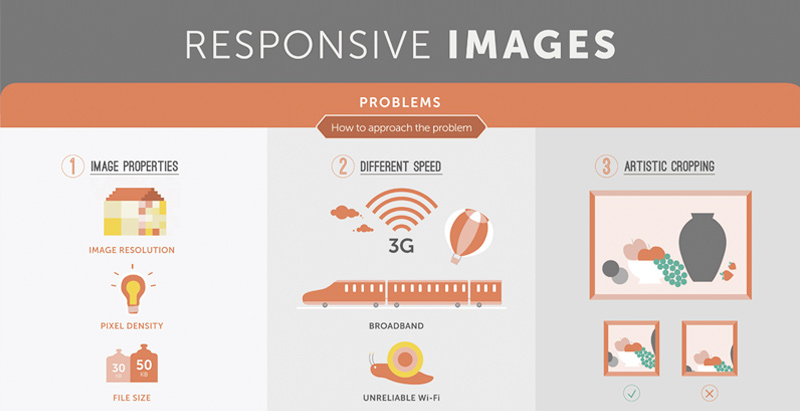Internet Site Style Basics: Tips For Building A User-Friendly Website
Internet Site Style Basics: Tips For Building A User-Friendly Website
Blog Article
Post Composed By-McKnight Ehlers
When it pertains to website layout, making sure user-friendliness is key. From receptive layout to structured navigating, every element plays a vital duty in producing a website that deals with your audience's requirements. Yet what concerning the better details that can make or damage a user's browsing experience? Keep tuned as we discover some often-overlooked tips that can boost your web site's use to the following level, making it absolutely stand apart in the electronic landscape.
Relevance of Responsive Style
Responsive design is a crucial aspect of modern-day website advancement. Guaranteeing your internet site is responsive means that it can adapt to various display sizes and gadgets, giving a smooth experience for users.
With the increasing use mobile phones and tablets to access the internet, having a responsive style is necessary for getting to a wider audience. It helps in enhancing user experience by making your internet site simple to browse and read on any type of tool.
In addition, receptive layout can positively influence your online search engine positions, as internet search engine like Google focus on mobile-friendly sites. By having a responsive style, you're likewise future-proofing your internet site, as new devices with varying display sizes continue to emerge.
Simplify Navigating Framework
To enhance customer experience and help with simple access to information on your site, streamlining the navigation structure is extremely important. When making your site, focus on developing a clear and intuitive navigation food selection that assists site visitors find what they're looking for rapidly.
Limit the number of food selection items to the basics, grouping relevant web pages together to prevent overwhelming individuals. Use detailed tags that clearly suggest the content of each page, making it less complicated for customers to comprehend where each web link will take them.
Take into consideration applying dropdown menus for subcategories to stop cluttering the major navigating bar. Furthermore, include a search bar plainly on the page for users who choose looking for particular info.
Focus on mobile responsiveness in your navigating layout to ensure simple accessibility on all devices.
Optimize Web Page Lots Speed
Improving page tons rate is vital for keeping site visitors on your web site. Slow-loading pages irritate customers and can lead to high bounce rates. To optimize page lots speed, beginning by maximizing images. Compress https://www.forbes.com/sites/forbescommunicationscouncil/2022/05/06/three-tips-for-building-a-gen-z-marketing-plan/ without jeopardizing quality to decrease their data dimensions.
In addition, enable web browser caching to store frequently accessed sources in your area, speeding up load times for returning site visitors. content creator sites , JavaScript, and HTML files by removing unnecessary characters, remarks, and formatting, boosting tons speed.
Think about using a content delivery network (CDN) to distribute your website's material throughout several web servers worldwide, reducing latency for users accessing your website from various locations. Finally, limit using third-party scripts and plugins, as they can considerably impact tons times.
Verdict
In conclusion, by including receptive design, simplifying navigating, and maximizing web page load speed, you can produce a straightforward internet site that attract a wider target market and enhances user experience. These essential elements ensure that site visitors can conveniently accessibility and browse your site throughout various gadgets, bring about enhanced interaction and contentment. By concentrating on what is it worth , you can develop an effective web site that maintains individuals returning for even more.
